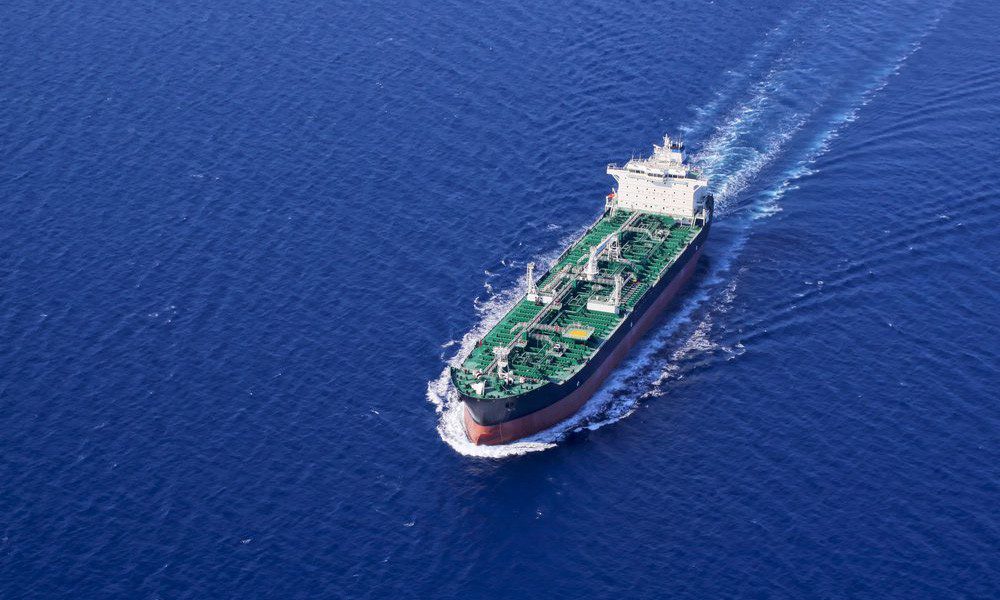Group Club NorthStandard has said that it continued to see vessels loading coal cargoes with temperatures in excess of 55°C. Indonesia was a particular hot spot, the Club said.
In these cases, the temperature of the cargo to be loaded was taken by the shipper at the stockpile, before being presented to and accepted by the master immediately prior to loading. In all cases, the vessel did not take its own readings until after loading. At this point they were found to be significantly higher than the stockpile temperatures provided by the shipper.
In some cases this led to the unloading of the cargo, and consequent disputes with charterers because of the delays that were incurred.
The Club said that the taking of surface temperatures of stockpile that had been sat untouched for some time was not representative of what was going on below the surface or, indeed, the cargo’s propensity to self-heat.
When the stockpile is handled by excavators or similar equipment, oxygen is introduced into the body of the cargo, which can be a catalyst for the cargo to self-heat if not adequately weathered.
Very often, the Club said, the cargo was stockpiled a significant distance from the vessel. It was then transported by truck, towed to the vessel on a barge, from where it was loaded on to the carrying vessel. These journeys could further allow air to flow through the body of the cargo, the mutual said.
This meant that, by the time the cargo had reached the vessel, it could have significantly heated to above the allowable 55°C, with the highest temperatures likely to be below the surface.
NorthStandard said that ship owners and managers should ensure vessels loading coal were provided with suitable equipment to allow the crew to be able to measure the surface temperature of coal immediately before loading.
Temperatures should be taken as frequently as possible, which in reality should mean that temperatures are taken before a barge is accepted, as well as during the transfer of cargo from the barge.
If a parcel of cargo is presented to the vessel that is in excess of 55°C, the master should issue a Letter of Protest, follow the company’s procedures, “and seek expert advice”.
In some ports, the shipper may suggest using grabs to turn over the cargo by handling it in an attempt to cool it. In most cases this introduces more oxygen into the cargo, therefore not helping the issue, the Club said.
Shippers might also suggest that the cargo in the hold is sprinkled with a powder-like substance, which, they state, ‘blocks the cargo pores’ thus reducing the surface area for reaction reducing self-heating. However, the composition for this powder remained unknown and its effectiveness was not proven. Furthermore, the powder would cover only the surface of the cargo and therefore have no effect on cargo deeper within the stow.





